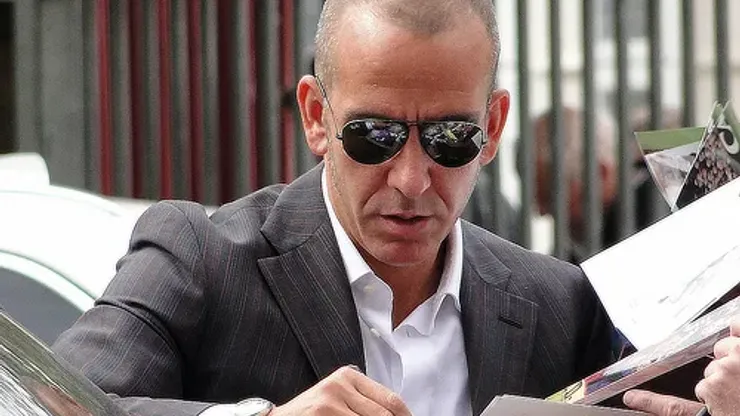In August, Sunderland manager Paolo Di Canio begins his first full season at Sunderland, a club which has finished in the bottom half of the Premier League table four times in the last five years (in 2011, the club finished tenth). This consistency is pretty remarkable.
Since securing promotion in 2008, Sunderland has raised transfer-window schizophrenia to a new art. Last summer, the club signed 12 players. During the summer of 2011, it signed 13. Of the 14 players who participated in Sunderland’s first game of the 08/09 season, only Phil Bardsley remains on the team. This off-season, Sunderland have already signed ten players, including American striker Jozy Altidore – and it’s only July. Di Canio is the team’s third coach in three years.
Moreover, mediocrity is pretty hard to sustain. Only three of the ten teams that finished in the bottom half in 2009 still play Premier League football, and two of those three have finished in the top eight at least once since 2010. Sunderland is the odd club out.
Sunderland hires a new coach and buys a new XI virtually every summer – but never experiences the high highs and low lows that scattergun buying usually provides. Unlike crosstown rival Newcastle, which signs lots of players and finishes all over the place (relegated in 2009, promoted in 2010, 12th in 2011, fifth in 2012, 16th in 2013), Sunderland is profoundly reliable, arguably the Premier League’s most predictable non-powerhouse.
There’s no way Di Canio, whose rampant volatility has turned him into a cult hero, will allow this to continue. His teams don’t finish 13th; either they play well or they fail spectacularly. Either he unites the dressing room or he punches Leon Clarke.
Either the trains run on time or something blows up.
Read more by David Yaffe-Bellany at In For The Hat Trick and follow him on Twitter @INFTH.
200+ Channels With Sports & News
- Starting price: $33/mo. for fubo Latino Package
- Watch Premier League, Women’s World Cup, Euro 2024 & Gold Cup
The New Home of MLS
- Price: $14.99/mo. for MLS Season Pass
- Watch every MLS game including playoffs & Leagues Cup
Many Sports & ESPN Originals
- Price: $10.99/mo. (or get ESPN+, Hulu & Disney+ for $14.99/mo.)
- Features Bundesliga, LaLiga, Championship, & FA Cup
2,000+ soccer games per year
- Price: $5.99/mo
- Features Champions League, Serie A, Europa League & Brasileirāo
175 Premier League Games & PL TV
- Starting price: $5.99/mo. for Peacock Premium
- Watch 175 exclusive EPL games per season






